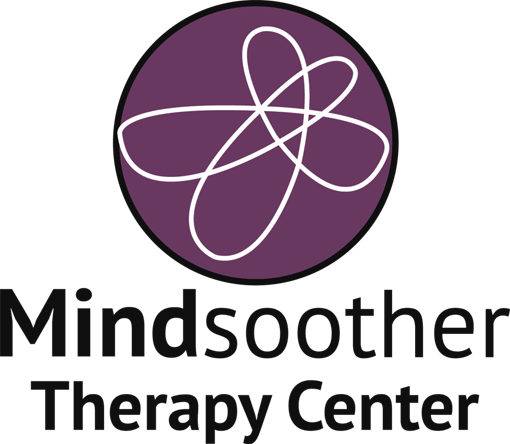Cognitive Behavioral Therapy vs. Dialectical Behavior Therapy: Key Differences and Benefits
Mental health treatment has evolved significantly over the years, with evidence-based approaches such as Cognitive Behavioral Therapy (CBT) and Dialectical Behavior Therapy (DBT) emerging as effective options for various mental health conditions. While both therapies share a foundation in cognitive and behavioral principles, they differ in focus, techniques, and applications. Let’s explore how these two approaches differ, how they are similar, and what benefits you might receive by each approach.
Understanding Cognitive Behavioral Therapy (CBT)
Cognitive Behavioral Therapy is a widely used, goal-oriented therapeutic approach that emphasizes the interplay between thoughts, emotions, and behaviors. It operates on the principle that maladaptive thought patterns can lead to emotional distress and problematic behaviors. By addressing and reframing these thought patterns, individuals can experience significant improvement in their mental health.
CBT is often structured and time-limited, with sessions focusing on specific challenges such as anxiety, depression, or phobias. A key strength of CBT lies in its emphasis on skill-building. Clients learn practical techniques, such as cognitive restructuring, which involves identifying and challenging distorted thoughts, and behavioral activation. The goal is to encourage engagement in activities that improve overall mood.
Exploring Dialectical Behavior Therapy (DBT)
Dialectical Behavior Therapy, on the other hand, incorporates elements of CBT while strongly emphasizing acceptance and mindfulness. It aims to help individuals balance the need for change while accepting their current emotional experiences.
DBT is distinctive in its comprehensive structure, which typically includes individual therapy, group skills training, and as-needed coaching. The therapy focuses on four key skill areas: mindfulness, distress tolerance, emotion regulation, and interpersonal effectiveness. These skills are particularly beneficial for individuals who experience intense emotions, impulsivity, or difficulties in relationships. The use of mindfulness and acceptance techniques is a hallmark of DBT.
These strategies encourage clients to remain present at the moment and approach their emotions with nonjudgmental awareness. This approach fosters self-compassion and helps individuals navigate emotional crises without resorting to harmful behaviors.
Conclusion
While both CBT and DBT are rooted in cognitive-behavioral principles, their focus and methods diverge significantly. CBT’s approach is largely change-oriented, emphasizing problem-solving and measurable outcomes. DBT, however, balances change with acceptance, recognizing that some emotional experiences cannot be immediately altered and must instead be managed. This nuanced approach allows DBT to address complex emotional challenges in a way that feels validating for clients.
CBT and DBT are powerful therapeutic tools, each offering unique benefits. While CBT focuses on reshaping thoughts and behaviors, DBT provides a framework for managing intense emotions and fostering acceptance. Understanding these differences can empower individuals to make informed decisions about their mental health treatment, paving the way for personal growth and resilience.
Edited and Finalized by Anavi Sharma, LSW - Authored by OpenAI
OpenAI. (2024). ChatGPT (December 10 version) [Large language model]. https://chat.openai.com/

